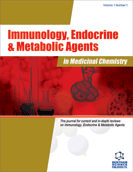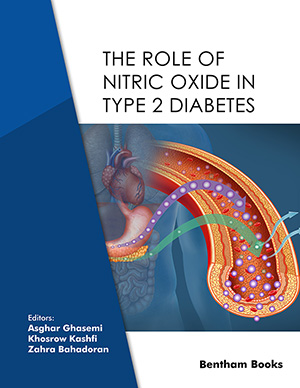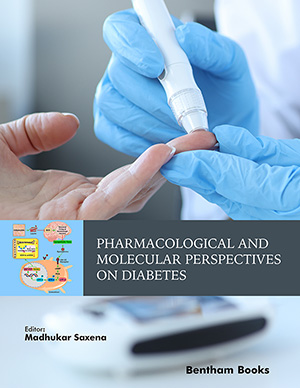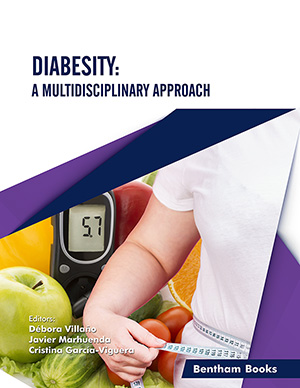
Abstract
Ursolic acid (UA), a triterpenoid compound found in plants, is used in both the human diet and in medicinal herbs and possesses a wide range of benefits, including antioxidative and anti-inflammatory effects. Additionally, UA may inhibit lipid absorption in pancreatic cells and enhance lipolysis in adipocytes. Oxidized LDL (oxLDL) acts as a major mediator of endothelium dysfunction, which mediates atherogenesis. Until now, we have not known what role UA plays in the absorption of oxidized LDL in vascular endothelial cells. Regardless of whether UA affects oxLDL uptake mediated by specific oxLDL receptors (such as lectin-like oxidized low-density lipoprotein receptor 1 (LOX-1), scavenger receptor expressed by endothelial cells (SREC), and scavenger receptor B1 (SR-B1)), it is unclear if UA acts on endothelial cells. However, high-mobility group box 1 (HMGB1) is known to accumulate in atherosclerotic lesions and mediates vascular inflammation, although the mechanisms are not understood. Therefore, in this study, human coronary artery endothelial cells (HCAECs) were used in vitro and hypercholesterolemic mice were used in vivo to investigate the effects and mechanisms of HMGB1 and UA on oxLDL uptake. The results demonstrated that HMGB1 enhances oxLDL uptake through induction of LOX-1 in HCAECs and hypercholesterolemic mice. In vitro data showed that exposing HMGB1- stimulated HCAECs to UA decreased the LOX-1-mediated absorption of oxLDL through a cyclooxygenase (COX)-2- related nitric oxide (NO) signaling pathway. Similarly, UA administration decreased LOX-1, but not SREC and SR-B1 expression, in HMGB1-treated hypercholesterolemic mice. These findings suggest that UA may be a potential therapeutic agent for hypercholesterolemia-induced atherosclerosis.
Keywords: Cyclooxygenase (COX), high-mobility group box 1 (HMGB1), nitric oxide synthase (NOS), ursolic acid, scavenger receptor B1, (SR-B1), scavenger receptor expressed by endothelial cells (SREC), lectin-like oxidized low-density lipoprotein receptor 1 (LOX-1).
 19
19









